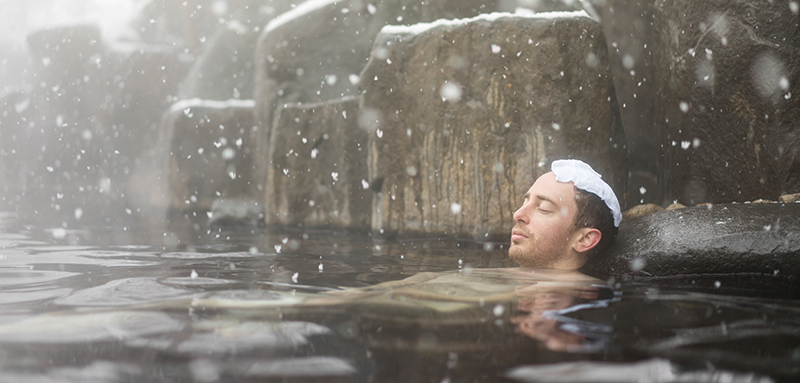There is just so much to do in Snow Country, especially during the wintertime! If you are in no hurry, we’d love for you to experience all seven towns that make up YUKIGUNI at your leisure, but if that is not the case, why not take one of our tours? For example, during our DISCOVERING YUKIGUNI TOUR, you will embark on a 4-day adventure to not just see the sights, but also experience the history, culture, and community of a wholly unique part of Japan! See (and try on!) world-famous artisanal crafts, travel to historic sake breweries, and learn local gastronomy that has been passed down from generation to generation- all from the locals themselves!
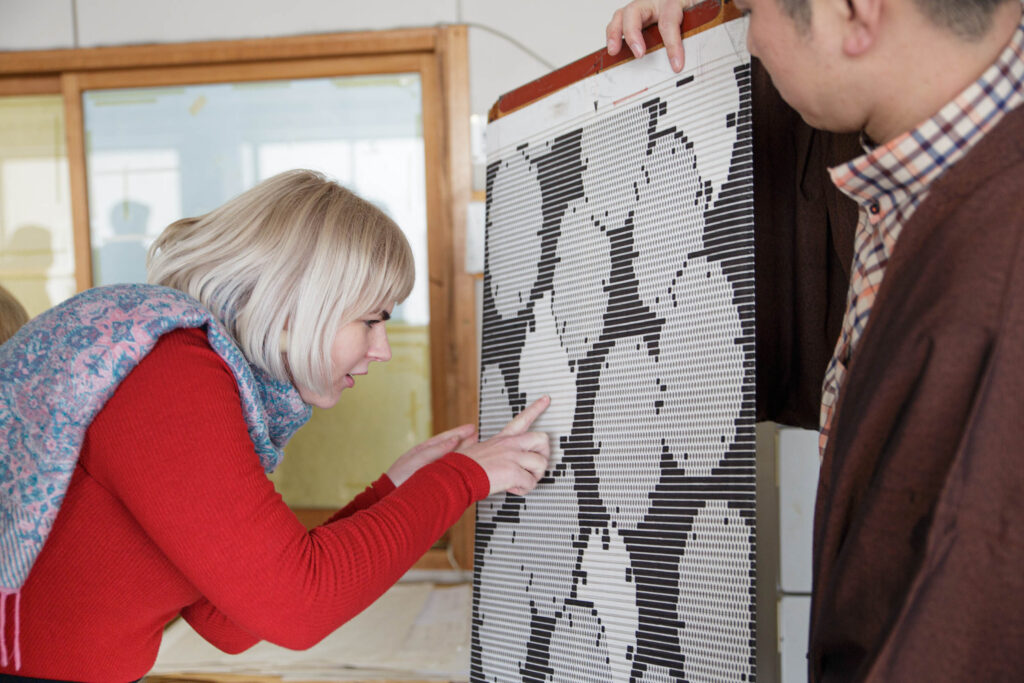
Snow and Kimono
It is true that in the present day, the Snow Country region of Niigata, Nagano, and Gunma is primarily thought of as a ski destination, but in antiquity this same area was known all over Japan for the quality of their textiles, called “Echigo Jofu.” This cloth, which was actually made from plant fibers known in Japanese as “karamushi,” was woven into prized kimono, a practice that has continued for over 1,000 years to the present day! In addition to weaving, it was common for farmers to raise silkworms, and both these karamushi and silk garments have been recognized internationally as UNESCO Registered Cultural Heritage.
While on a tour here, you will have a rare chance to visit working kimono factories- see the kimono being woven, dyed, and even try some on yourself! For example, the Yamada Kimono Factory in Minamiuonuma have been in business for over a century, and are known for the quality of their goods: winning numerous awards at exhibitions and trade shows, being featured at the Japan World Expo in 1970, and their kimonos have even been given as gifts to royalty, including as a marriage gift to Empress Michiko. Yamada adhere to traditional kimono-making techniques, including the local tradition of “snow bleaching” the kimono. If the timing is right, you can view this unique practice, known as “Yukisarashi,” which gives the kimono its trademark snow white color. Because lye or other chemicals are not used, the fabric stays strong, and the color intensity lasts longer than other fabric, and is less likely to yellow as it ages. A similar process, called “satogaeri,” is used to revive antique kimono, to make it vibrant white and good as new!
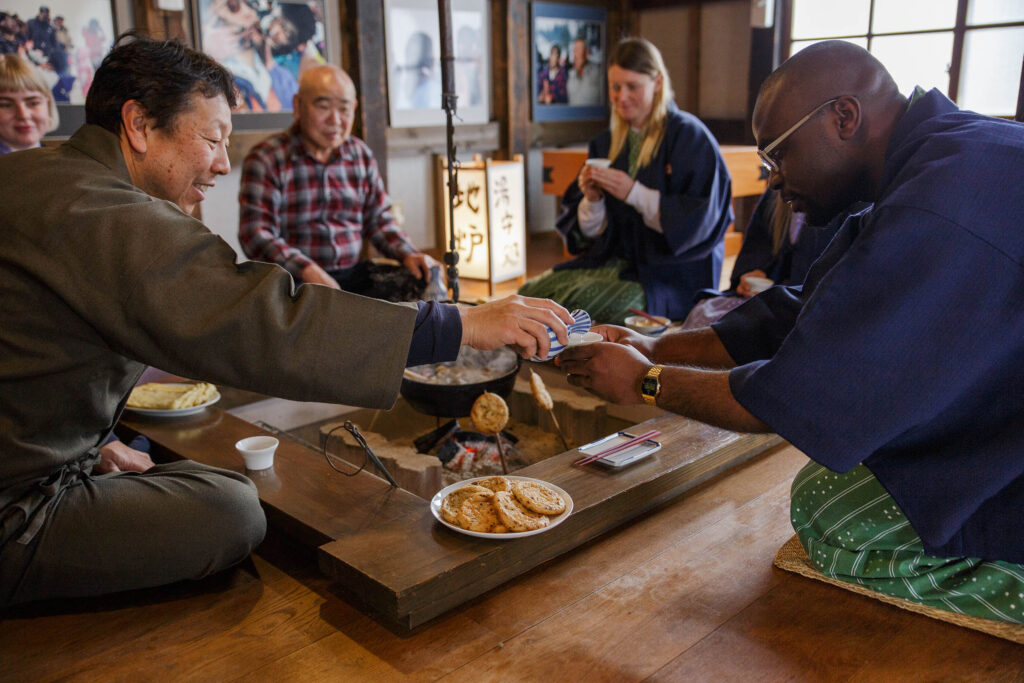
Snow and Food
When you tour YUKIGUNI with us, we recommend that you not pack a picnic basket, and instead allow us to present to you our unique culinary culture. There is much more to food in YUKIGUNI than just ramen noodles or sushi. As this region was once considered very remote and isolated within Japan, it developed a unique gastronomy all of its own.
Central to our local cuisine are preserved foods, which could survive our harsh winters. By the way, a “pickle” in Japan refers to much more than just cucumbers: Japanese pickles range from hearty mountain veggies called “sansai,” as well as eggplants and gourds. Even spaghetti squash, which was originally brought over from America, are now made into Japanese tsukemono. Shops like Imanari in Minamiuonuma (a family-owned shop with a 300 year history) have also helped modernize Japanese pickles, and have won awards with recent creations such as cheese tsukemono and pickled monaka cakes!
Though originally much more utilitarian, the list of eateries which continue this tradition now includes upscale and bold cuisine, including restaurants that have been awarded Michelin Stars. Satoyama Jujo, for example, is a local eco-lodge with a Michelin star-rated kitchen that takes a farm-to-table approach. Satoyama Jujo raise much of their own vegetables, herbs and spices on the inn premises- or forage and source it locally- and pickle it themselves! They also observe other traditional preservation techniques such as hanging daikon radishes and persimmons to dry and preserve them. Syoubun, a remote and cozy accommodation in Minakami, also adhere to traditional preparation methods, and hand-make many of their pickles, such as sansai pickled in salt and served in their special winter nabe stew.
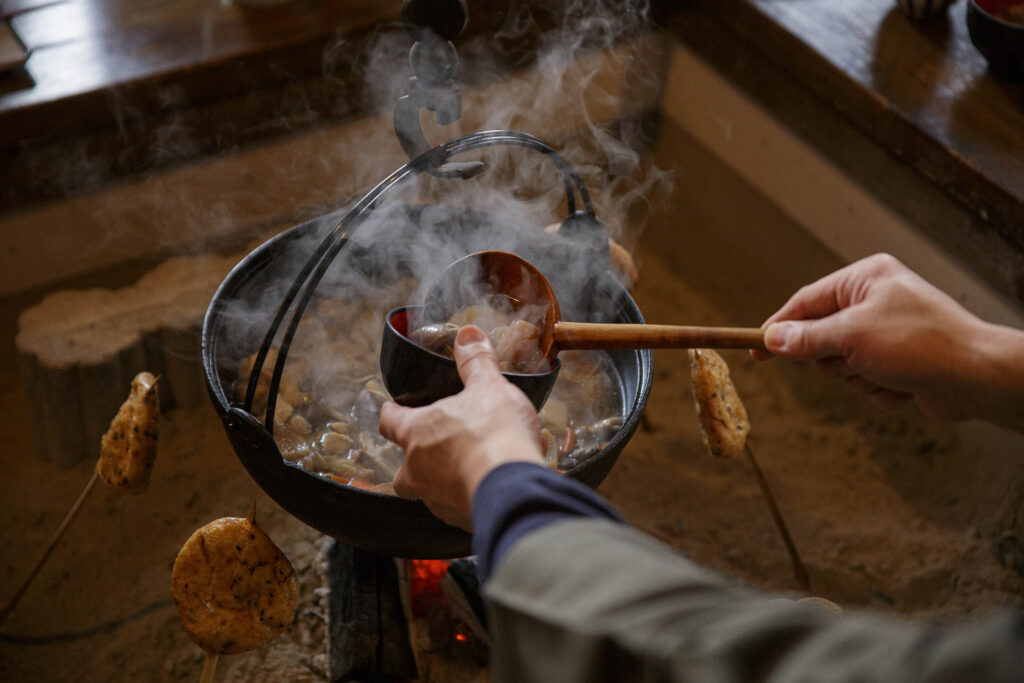
Not only can you dig in to this delicious local cuisine, you can take the recipe back with you! The eco-lodge Ryugon provides many different immersion-style activities, and among the most popular is their “Doma Cooking” events: a mixture of a cooking class and social gathering with locals, where you learn to prepare traditional and hearty dishes like kenchinjiru stew and hot pot dishes that are perfect for a winter’s day, while the rice cooks in a traditional kamado pot. Nearby Ueda no Sato is a farm-to-table restaurant right in the middle of the rice fields that also provides cooking classes- from soba-making to pounding your own mochi, or the how-to of how to make regional delicacies like anbo.
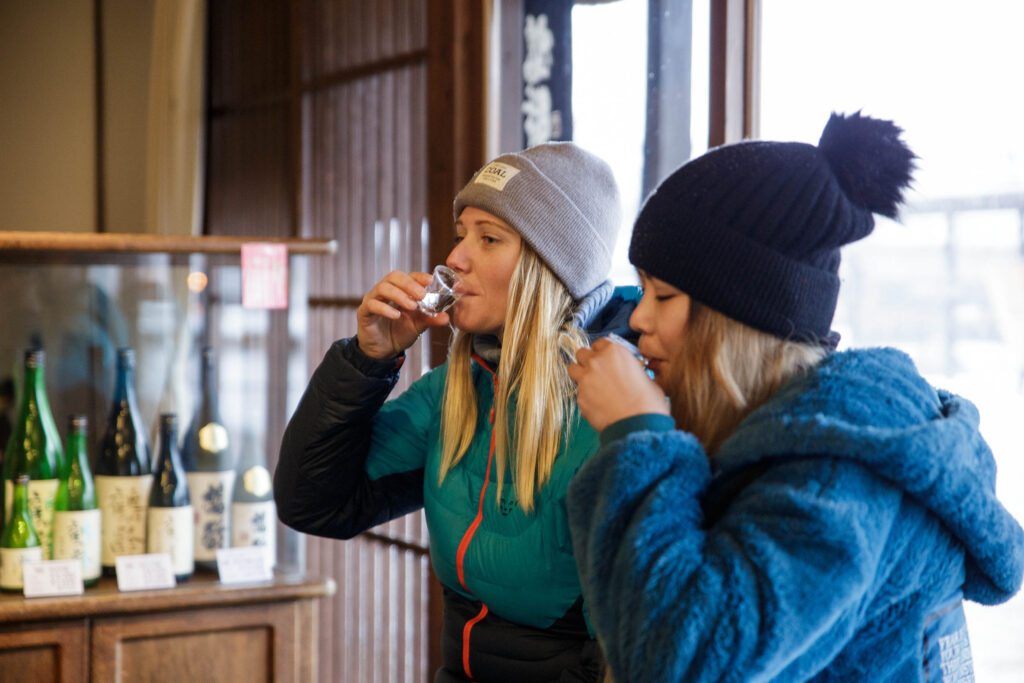
Snow and Sake
Japanese sake is now a worldwide phenomenon, but the heart of the sake industry is right here in Snow Country, where there are more sake breweries than any other prefecture in Japan. One of the oldest existent breweries is Aoki Shuzo in Minamiuonuma City. The Aoki Sake Brewery is now in its 12th generation of family ownership, and is a treasured part of the community, with around 50% percent of their sales within the city itself. Lately, they have been eager to welcome guests on tours, where you can learn all about a truly delicious part of our local heritage.
While on a tour of the Aoki Brewery, you will learn from their master brewers (called Toji) all about the brewing process and how they make their signature varieties of sake, including “Kakurei,” an umami sake with origins going back to the foundation of the brewery, and “Yukiotoko,” a dry karakuchi sake with a clean taste that is best served hot. For people new to sake in the region, the staff at Aoki Shuzo recommend their Junmai-Daiginjo, a light, fruity, and well-balanced sake. The beautiful and rustic brewery building itself is a part of our local history, and dates back to the 19th century.
Snow is also essential for the creation of sake, as well as for storage. At Uonuma no Sato, you will learn all about the Hakkaisan Brewery, and also get a chance to visit their giant yukimuro, a “snow refrigerator” where sake and other goods are stored.
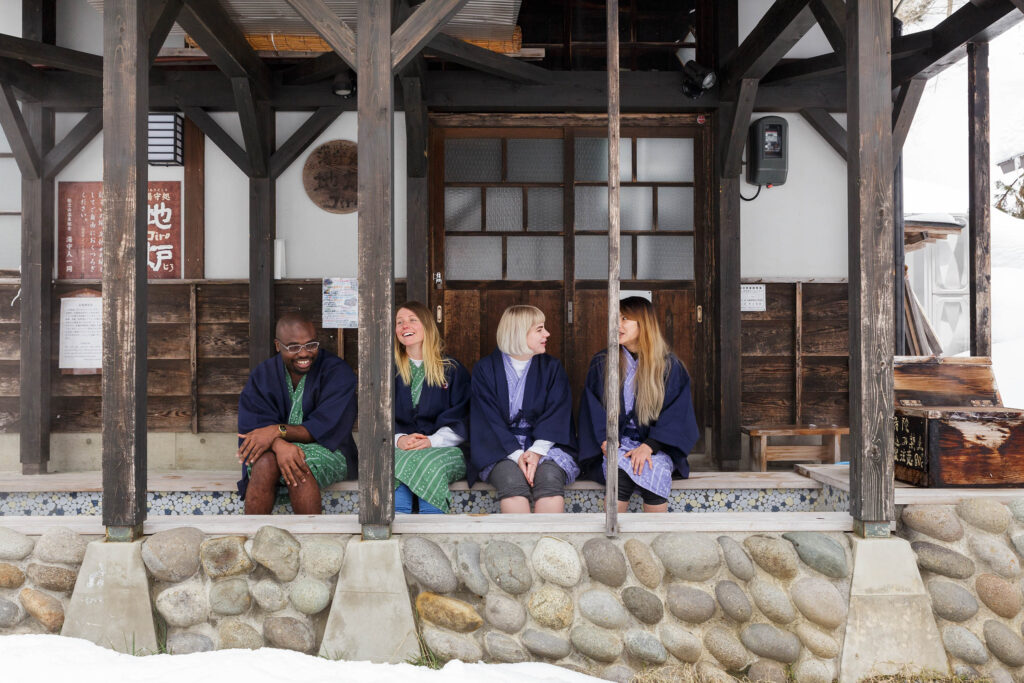
Snow and History
During your tour of the Aoki Sake Brewery, you may hear about a man named Bokushi Suzuki- in fact, the street that the brewery sits on is named after this same man. He was originally a local cloth merchant, and his son married into the Aoki family, but Bokushi achieved his greatest renown as a writer. In 1837 he published a book called “Snow Country Tales,” a collection of facts, ethnographic information, practical knowledge, and folktales about his homeland here. It became a phenomenon in ancient Japan, and remains in print to this day in multiple languages. Nobel-prizewinning author Yasunari Kawabata consulted this very same book when he wrote his own “Snow Country,” or YUKIGUNI in Japanese.
Even in the present day, Snow Country Tales provides valuable, and sometimes very practical information, such as what to do when caught in a blizzard. The book includes illustrations of snowflakes, which were based on those that were taken with an early microscope, and were the first of their kind.
In order to learn all about the world of “Snow Country Tales,” why not visit Bokushi Suzuki’s own museum? Located in his hometown of Shiozawa in Minamiuonuma, the Suzuki Bokushi Memorial Museum contains many one-of-a-kind artifacts from Bokushi’s personal collection, which include explanations in English.
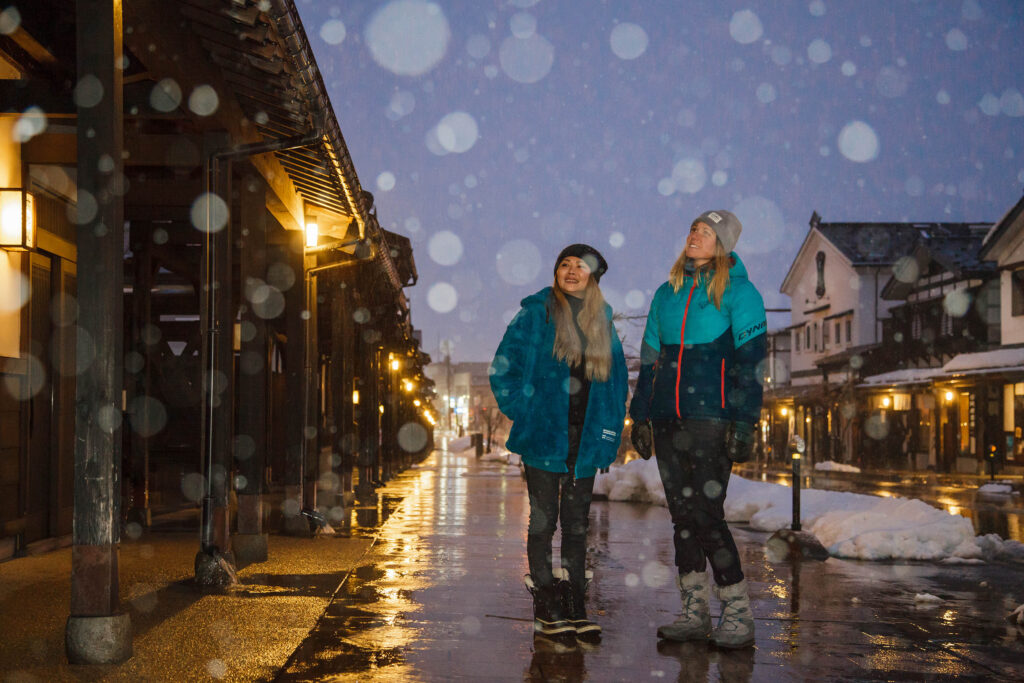
How to book your tour
Let us customize a unique tour plan just for you! If any of the above experiences sound like your cup of tea (or glass of sake!) then let us work together to create your perfect Snow Country vacation!
Step 1: Get in Touch
Wondering where to stay or what unique tours to try? Just drop us a message! We’re here to answer any questions and help you feel at ease.
Step 2: Let’s Plan Together
We’ll chat about your style, budget, and travel dates to create a personalized itinerary that’s perfect for you.
Step 3: Confirm & Explore
Once you love the plan, we’ll finalize the details. Then, all that’s left is to set off on an unforgettable Snow Country adventure customized just for you!

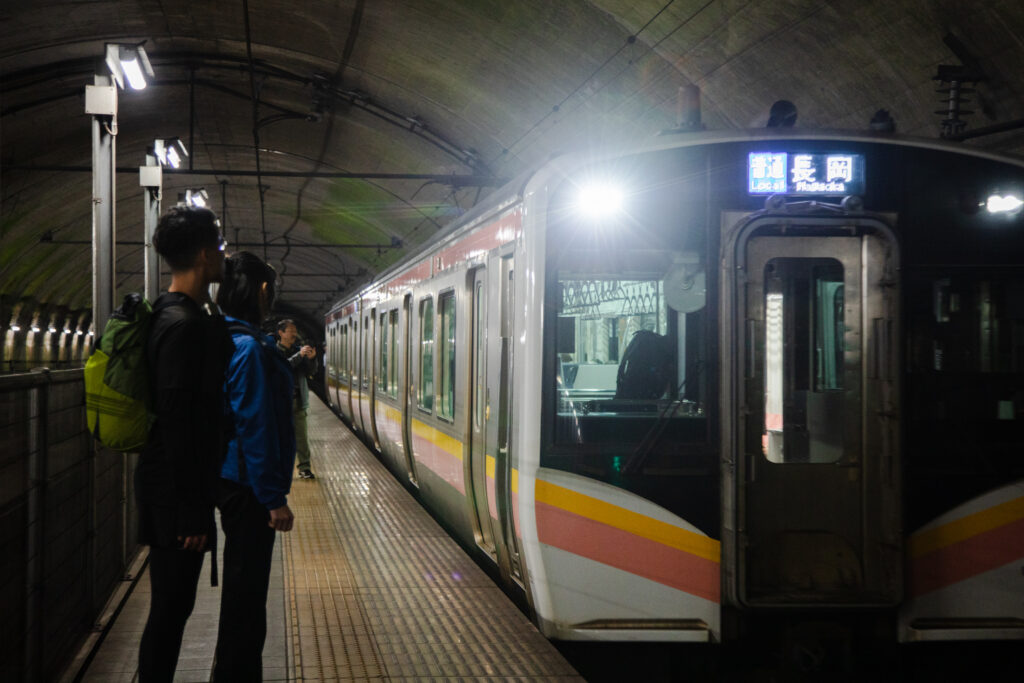
-1024x626-2.jpg)
